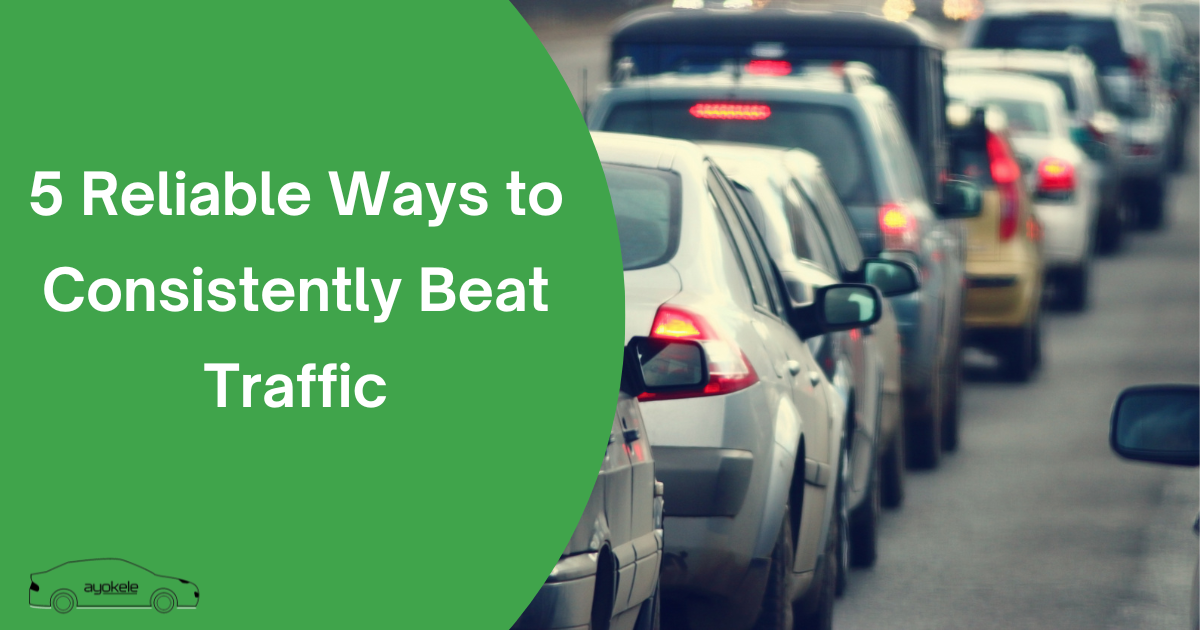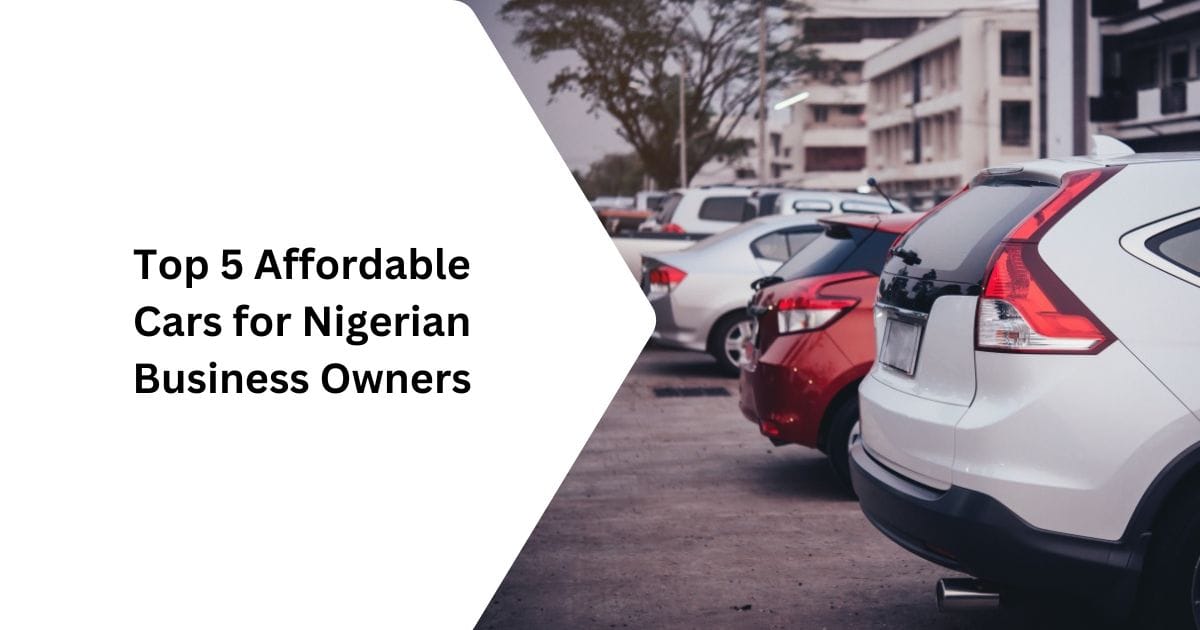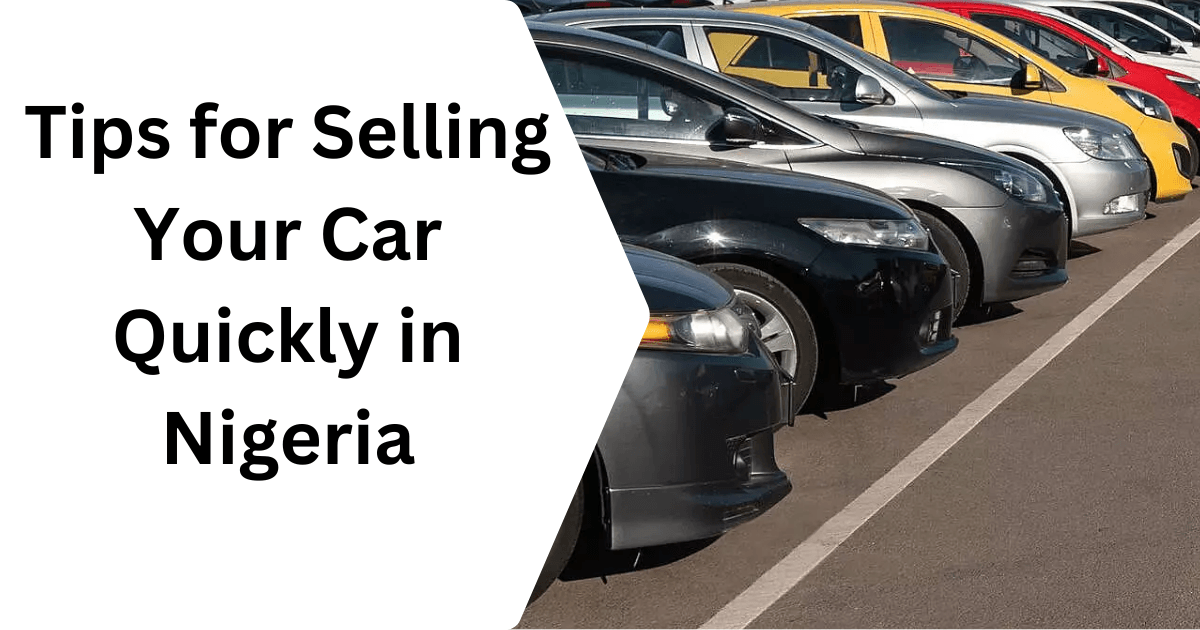Traffic congestion has become an unavoidable aspect of urban life, transforming what should be simple commutes into stress-inducing ordeals. Beyond the obvious time waste, sitting in traffic increases fuel consumption, vehicle wear, and takes a significant toll on mental wellbeing.
Studies show the average Nigerian loses 4-5 hours weekly to traffic delays—equating to over 200 hours annually that could be spent on more productive or enjoyable activities. While eliminating traffic entirely may be impossible, implementing strategic approaches can dramatically reduce its impact on your daily life.
Understanding Traffic Patterns
Before implementing solutions, understanding traffic’s predictable patterns is essential. Most urban centers experience peak congestion between 6:30-9:30 AM and 4:00-8:00 PM on weekdays, with intensity varying by location. Lagos’ Third Mainland Bridge might be gridlocked by 6:00 AM, while Abuja’s traffic builds more gradually. Seasonal factors also influence patterns, with heavier congestion during school terms and holiday shopping seasons. Rain consistently worsens traffic across all Nigerian cities, turning minor slowdowns into major gridlock within minutes.
Traffic psychology plays a significant role too. The “accordion effect”—where one driver’s braking creates a chain reaction of slowdowns—explains why traffic jams often appear without obvious causes. Understanding these patterns allows you to develop more effective avoidance strategies tailored to your specific routes and needs.
Way #1: Strategic Time Management
The simplest yet most effective traffic-beating strategy involves adjusting when you travel. Early departures—even 30 minutes earlier than usual—can dramatically reduce commute times. A journey from Lekki to Victoria Island might take 75 minutes at 7:30 AM but only 35 minutes at 6:45 AM—a 53% time savings for minimal schedule adjustment.
For those with flexible work arrangements, consider:
- Negotiating staggered hours (7:00 AM-3:00 PM or 10:00 AM-6:00 PM)
- Implementing work-from-home days during high-traffic periods
- Scheduling important meetings outside peak travel times
- Using traffic apps to determine optimal departure times based on real-time conditions
Even without formal flexibility, strategic scheduling of errands, appointments, and social engagements around traffic patterns can save hours weekly. Medical appointments scheduled for 10:00 AM rather than 9:00 AM often mean arriving more relaxed and on time despite leaving home later.
Way #2: Alternative Route Planning
Relying solely on standard navigation apps often leads to disappointment as they direct masses of drivers to the same “shortcuts,” creating new bottlenecks. Developing a personal portfolio of alternative routes provides crucial advantages when main arteries become congested.
Effective route planning involves:
- Identifying at least three viable routes to frequent destinations
- Understanding each route’s vulnerability to specific conditions (rain, school traffic, market days)
- Recognizing consistent bottlenecks and planning bypasses
- Accepting that the shortest route rarely equals the fastest during peak periods
Counterintuitively, longer routes often prove faster during heavy congestion. A 15km route using expressways might take longer than a 20km journey through secondary roads during peak hours. Personal exploration during off-peak times helps identify these alternatives before you need them urgently.
Regular drivers should conduct occasional “traffic reconnaissance”—intentionally taking unfamiliar routes during non-critical journeys to discover new options. This investment pays dividends when unexpected road closures or accidents block standard routes.
Way #3: Transportation Alternatives
Vehicle choice significantly impacts traffic navigation ability. Motorcycles (where legally permitted) can reduce commute times by 60-70% during peak congestion, though safety considerations must be balanced against time savings. Ride-hailing services offering motorcycle options provide this advantage with professional riders.
In coastal cities like Lagos, water transportation offers dramatic time savings for certain routes. The Lagos-Ikorodu ferry journey takes approximately 30 minutes compared to potentially 2+ hours by road during peak times. While requiring adjustment to schedules and transfer points, the time savings justify the effort for regular commuters.
Micro-mobility solutions including bicycles and electric scooters provide viable options for shorter journeys, particularly in planned communities and less congested areas. These alternatives not only bypass traffic but eliminate parking concerns and reduce transportation costs.
The most sophisticated approach often combines multiple modes—driving to a park-and-ride location, continuing via BRT or ferry, and completing the final leg via ride-hailing or walking. While requiring more planning initially, these multi-modal journeys often prove more reliable and less stressful than single-mode commuting through unpredictable traffic.
Way #4: Technology-Driven Solutions
Navigation technology has evolved beyond simple directions to become powerful traffic-avoidance tools when properly utilized. While Google Maps remains popular, alternatives like Waze offer advantages through crowd-sourced real-time reporting of accidents, police checkpoints, and road hazards.
To maximize technology benefits:
- Set departure alerts that notify you when to leave based on current conditions
- Enable traffic notifications for your regular routes even when not traveling
- Contribute to community reporting to improve accuracy for all users
- Compare predictions across multiple apps for important journeys
- Customize settings to avoid specific conditions (toll roads, unpaved routes)
Traffic prediction algorithms have improved dramatically, now accounting for historical patterns, weather forecasts, and planned events. These systems can accurately predict congestion before it forms, allowing proactive route adjustments rather than reactive responses to existing jams.
For maximum effectiveness, integrate these technologies with home and work systems. Smart speakers can provide traffic updates during morning routines, while calendar integrations can automatically adjust meeting reminders based on current traffic conditions.
Way #5: Lifestyle Adjustments
The most powerful traffic-beating strategies involve fundamental lifestyle adjustments that reduce exposure to congestion entirely. While requiring more significant changes, these approaches deliver the most substantial and sustainable benefits.
Housing location represents the single most impactful decision affecting traffic exposure. Living within 5km of your workplace dramatically reduces vulnerability to congestion, while choosing locations with multiple route options provides daily flexibility. The premium paid for centrally located housing often balances against transportation savings and reclaimed time.
Remote work arrangements, increasingly available post-pandemic, eliminate commuting entirely on designated days. Even negotiating two remote days weekly reduces commuting time by 40%, significantly improving quality of life while maintaining workplace presence.
Implementation Strategy
Effectively beating traffic requires combining multiple approaches tailored to your specific circumstances. Begin by analyzing your current traffic exposure—tracking time spent in congestion, identifying patterns, and calculating the true cost in terms of time, fuel, and stress.
Develop a personalized traffic-beating plan incorporating elements from each strategy:
- Identify time-shifting opportunities for regular journeys
- Map alternative routes for frequent destinations
- Research transportation alternatives available in your area
- Set up and customize technology tools
The benefits extend beyond mere time savings. Reduced traffic exposure means lower fuel costs, decreased vehicle maintenance, and significantly less stress. The environmental impact also improves through reduced emissions and more efficient transportation utilization.




